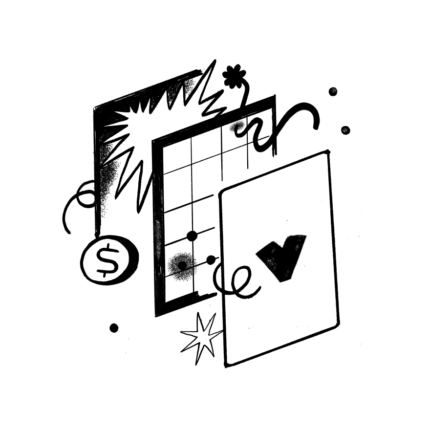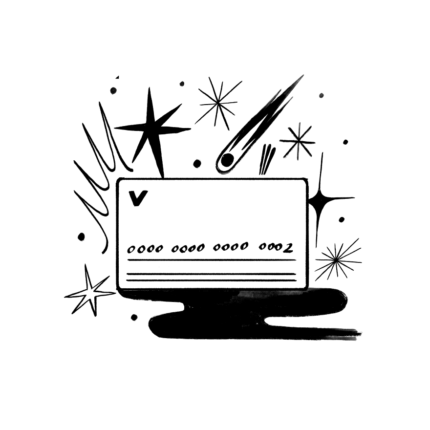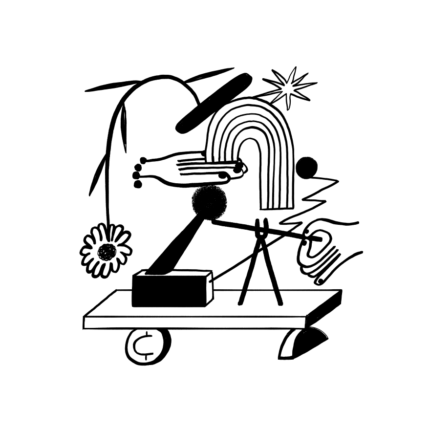
Use your HSA to pay yourself back
It’s one of the most valuable things you can do with a health savings account (HSA). But do you really know all the ways you can use your HSA to pay yourself back?
In a nutshell, paying yourself back, AKA reimbursing yourself from your HSA, means that you paid for an HSA-eligible expense with money from something other than your HSA spending account (“out of pocket”), then submitted your receipt to get reimbursed. Kind of like a business expense—only much, much better. Here’s how.
There are four ways to pay yourself back
It’s a pretty straightforward idea: spend money on your health care needs, save the receipt, request a reimbursement. But why wouldn’t you just pay straight from your HSA if you have the funds in there? Here are the four main reasons:
- You don’t have enough money in your account.
- You have enough money, but the provider won’t take a card, or your card isn’t working.
- You want to maximize your savings for emergencies.
- You want to maximize your earnings for retirement.
All of these instances means that self-payment can come in rather handy, but you need to know how it works. Luckily, whether you decide to pay out-of-pocket and reimburse yourself right away, or wait until further down the line, you’re covered with an HSA.
1. You don’t have enough money in your account.
Did you know that even if you don’t have enough money to reimburse yourself from your HSA when you have an HSA-eligible expense, you can still get the tax benefits of an HSA for that expense? Yep.
You might be asking yourself: Huh? How? Well, there’s no deadline to reimburse yourself for qualified medical expenses from your HSA. So even if you don’t have enough money in your account to pay yourself back at the time of purchase, as long as you had your account open prior to incurring the expense, you can pay yourself back later when the funds are available.
Fun fact: you can even reimburse yourself for eligible expenses after you’re no longer eligible to contribute to your HSA. That’s because once you’ve deposited funds into your account, that money is yours. Period. And it’ll be there for you long into the future if you let it!
2. You have enough money, but the provider won’t take your card.
This happens sometimes! And if it does, don’t fret. Just make sure you walk away with a receipt detailing your purchase and be sure to keep it in a safe place. Then, when you get home (or a week, a month, or much later!) navigate to the Pay Yourself Back feature in your Starship app. Here’s how to do it from within our new app experience.
- Log in to your account
- Tap the + sign at the bottom of your screen
- Tap Pay Yourself Back
- Follow the steps
That’s it. You’ll have the funds in your account within 2-3 business days or less.
3. You want to maximize your savings for emergencies.
If you’re using the funds in your HSA as something more of an emergency fund, fine by us! That simply means you’ll need to be extra diligent about saving eligible health expense receipts.
In fact, saving that paper is critical no matter when you plan on reimbursing yourself. If you ever get audited by the IRS, they’ll ask for proof of (HSA-eligible) purchases. So remember these three rules:
- Your HSA withdrawals must be used to pay for qualified medical expenses.
- Your medical expenses cannot be paid for or reimbursed from another source.
- You cannot take an itemized deduction for these medical expenses during any other year.
Can’t provide the records but still need the money? That’s fine—it’s your money, after all—but be aware that there will be a 20% penalty on top of regular income tax. So you lose all that tax advantage an HSA otherwise provides.
4. You want to maximize your earnings for retirement.
If you can afford to pay out-of-pocket for medical expenses and let the funds in your HSA accrue interest, it’s in your best financial interest to do just that. You earn money totally tax-free just by letting it sit there, just like an IRA or 401(k).
And since there’s no reimbursement deadline, this method can prove highly beneficial down the line. As long as you’ve saved your receipts, you can plan to pay yourself back years and years later, even during retirement.
No matter how you do it, paying yourself back is like receiving a tax-free gift for the amount of the out-of-pocket expenses you paid. It’s a win-win!


